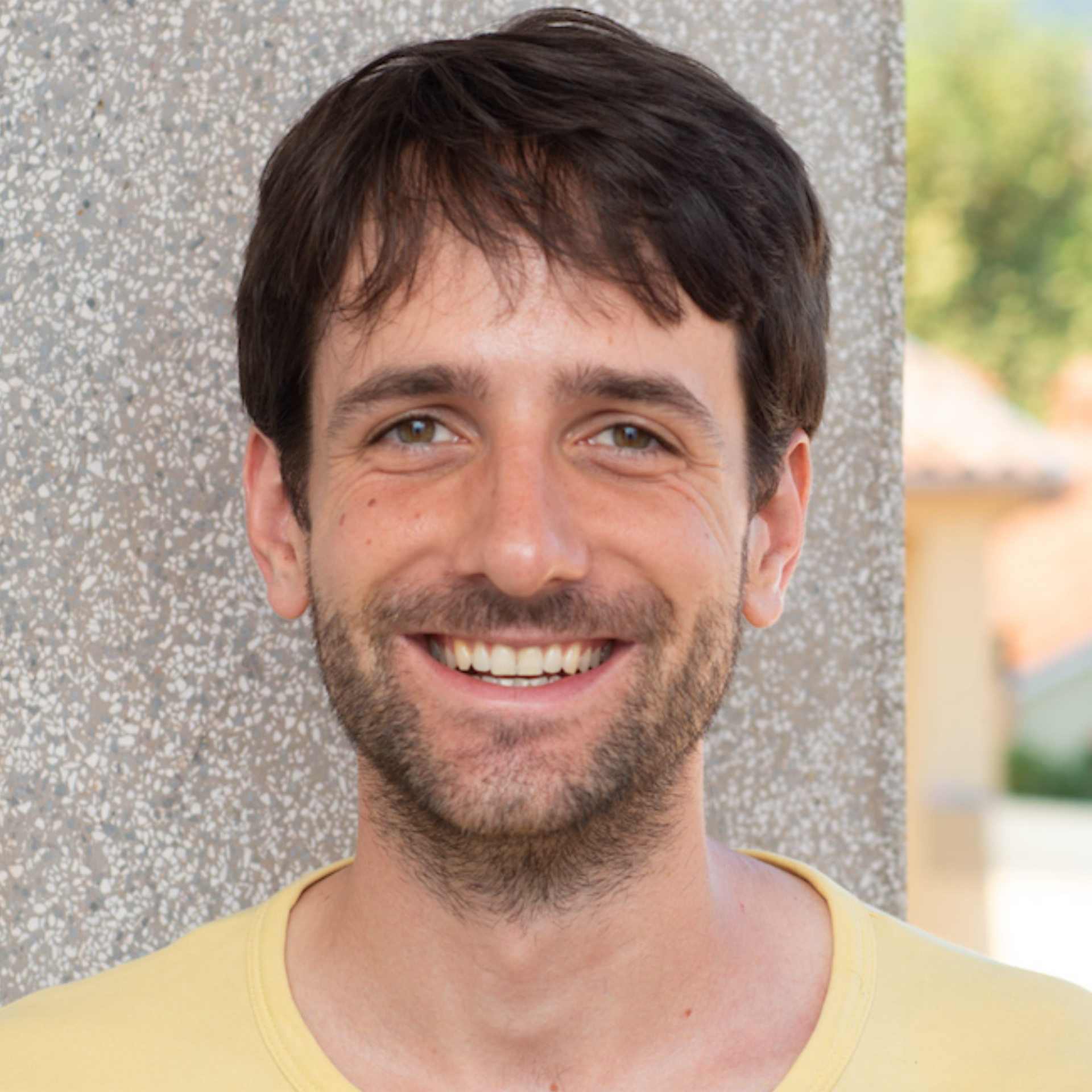Sentrix: Sentencing architecture: building a decision-making matrix
ABOUT THE PROJECT
.
The Sentrix project introduces a new approach based on decision architecture to investigate a complex social and legal question: How do judges make sentencing decisions? The research focuses on mapping the “sentencing environment”,” which includes both well-researched factors such as judicial discretion and less well-researched elements such as procedural details and customs. The project does not aim to guide decisions, but rather to understand the full range of the sentencing environment.
The project combines analysis of existing research, workshops, courtroom observations, experiments and simulations to develop and test new sentencing models. The aim is to link different research, use innovative visualization and simulation tools and provide better insights into sentencing decisions, thereby increasing transparency in sentencing and contributing to a fairer justice system.
Project Type: HORIZON-ERC
Duration: 2025 – 2030
You can read more about the project on the Sentrix website.
WORK PACKAGES
Phase 1: Foundational Research and Conceptual Framework Development
OBJECTIVE: To develop a comprehensive understanding of the ‘sentencing environment’, based on the principles of choice architecture, by analysing the factors that influence sentencing decisions.
APPROACH: Metanalysis of existing literature from disciplines such as law, psychology, sociology, and decision theory, including an evaluation of sentencing systems.
OUTCOME: A comprehensive conceptual framework which will set the stage for subsequent phases.
Phase 2: Development and Refinement of Sentencing Typology
OBJECTIVE: To systematically categorise sentencing dimensions and uncover typical connections.
APPROACH: A panel of experts will, through several processes, test sentencing typologies for conceptual robustness and logical consistency.
OUTCOME: A refined theoretical sentencing framework.
Phase 3: Empirical Research and Comparative Analysis
OBJECTIVE: To empirically validate the sentencing framework and understand its application in real-world settings.
APPROACH: Data analysis will assess sentencing trends, while courtroom observations and interviews with legal professionals will provide deeper insights. Controlled experiments with judges, prosecutors, and probation officers in Slovenia will test how different sentencing models influence decision-making.
OUTCOME: A dataset combining qualitative and quantitative findings will improve the sentencing matrix, ensuring its empirical validity and practical applicability.
Phase 4: Advanced Simulation and Analysis
OBJECTIVE: To explore how different sentencing dimensions interact and affect outcomes using advanced simulation techniques.
APPROACH: Empirical findings in Phase 3 will be translated into an agent-based simulation model simulating diverse sentencing scenarios. This will allow a detailed analysis of decision-making dynamics and a visualisation of complex interactions.
OUTCOME: A variety of advanced simulation models and visualisation tools will be developed, encapsulating the complexity of sentencing decisions. These models will serve to clarify sentencing process for policymakers, practitioners, and facilitate potential reforms.
FINANCING
This project has received funding from the European Research Council under the Horizon Europe Research and Innovation Programme, Grant Agreement No. 101166131.

Research project members

Mojca Mihelj Plesničar

Marko Balažič

Miha Marčenko

Manja Skočir





